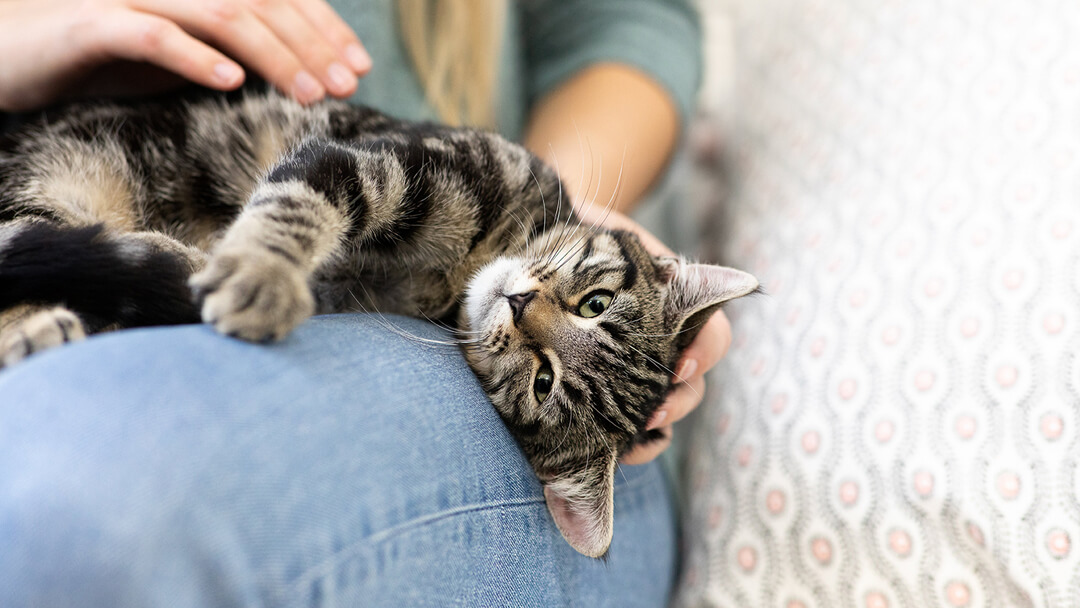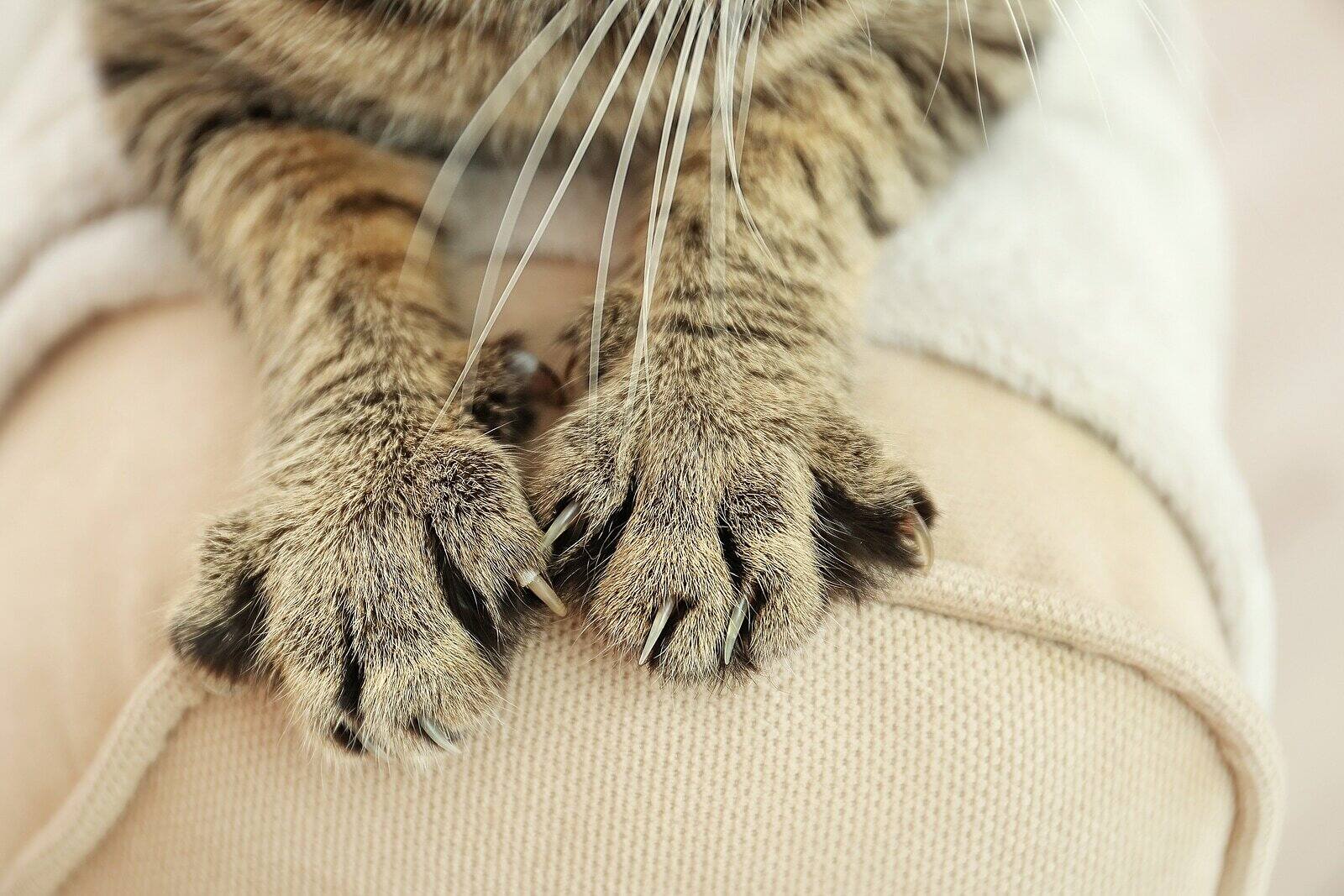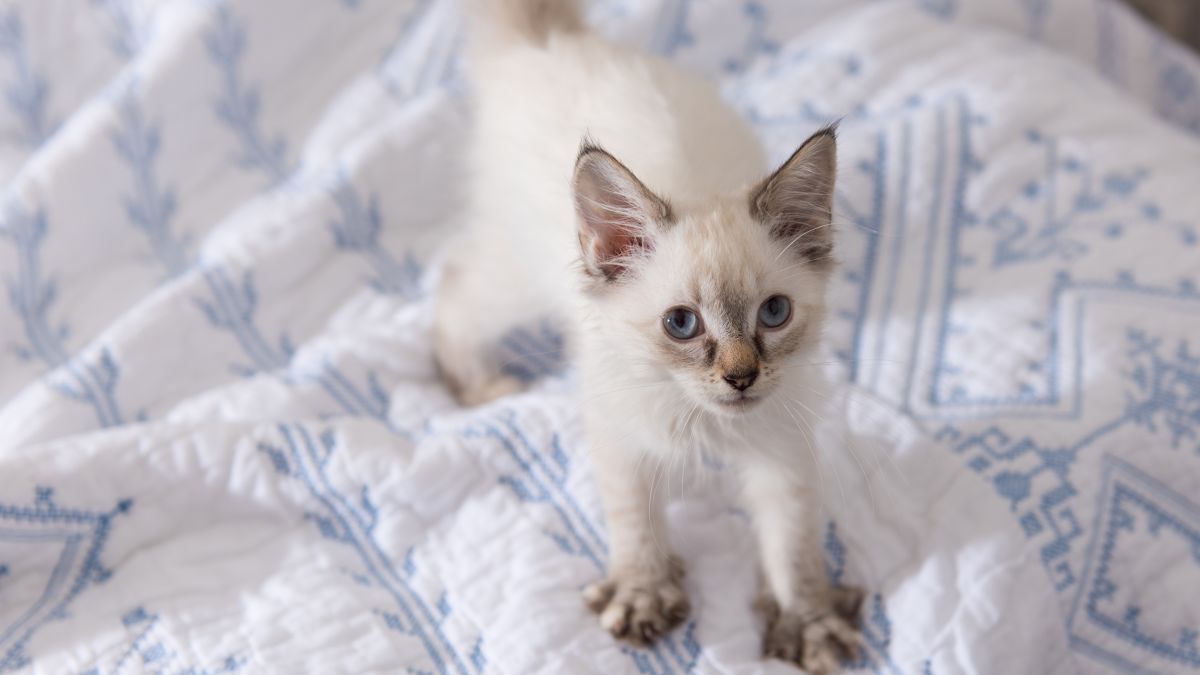Whether you’re a new cat owner or curious about something your feline friend has been doing for years, here’s the psychology behind “making biscuits.”
According to collected data for Southeast Asia, 34% of all households in the Malaysia owned cats in 2021. Whether you’re a new cat owner or curious about something your feline friend has been doing for years, here’s the psychology behind “making biscuits.”
Apart from that popular term of endearment, some also call it kneading, describing the massaging technique cats do when they’re trying to get comfortable.

According to pet food company Purina, many cats exhibit this behavior best described as the rhythmic pushing of their paws in and out on a surface — much like the motion a baker would use to knead bread or make biscuits.
Cats do this to blankets, cushions, and even on their owners, who unfortunately can get stabbed by by sharp little claws and cause pain and slight injuries even.
WHAT CREATES THE NEED FOR KNEADING?
There are a few reasons your cat might be kneading.
Research from the American Animal Hospital Organization explains that kneading could be a remnant of a kitten’s nursing habits. It provides a sense of comfort similar to when they were nursing, and it believed to be a self-soothing mechanism.

Purina adds that cats’ kneading may serve a territorial purpose, since their paws have scent glands which release pheromones that signal to other cats.
If your cat is female, Purina says it might also mean they are going into heat. To dodge unwanted pregnancies and even lengthen your cat’s life, be sure it is properly neutered from the age of 6 months onwards.
WHAT TO DO IF YOUR CAT’S KNEADING HURTS YOU
It’s important to always ensure our pets are treated kindly when they exhibit instinctive behaviour as most of the time, it’s a form of affection. But you can still protect yourself if you are easily scratched or bruised by their kneading.

If your cat is sinking their claws in a little too much, try putting a soft barrier between you both like a cushion or a blanket. You can also encourage your cat to lie down and relax by stroking them gently pushing them down onto your lap. Alternatively, you can distract your cat with a toy to stop them digging their claws into your skin if they are on you.
WHY DO CATS PURR?
According to a paper published in the Journal of Zoology, cats purr using their larynx and diaphragm muscles. Elodie Briefer writes that purring is often correlated with positive social situations. This is why your cat may purr when you pet it or when it rubs up against you.
The common belief is that cats purr when they’re happy or pleased, but Wired magazine says they can also purr when they’re hungry, injured or frightened as a self-soothing action. Wired also points out the action serves an important health function and purring has been proven to aid in the process of bone regeneration.
"ExpatGo welcomes and encourages comments, input, and divergent opinions. However, we kindly request that you use suitable language in your comments, and refrain from any sort of personal attack, hate speech, or disparaging rhetoric. Comments not in line with this are subject to removal from the site. "





















